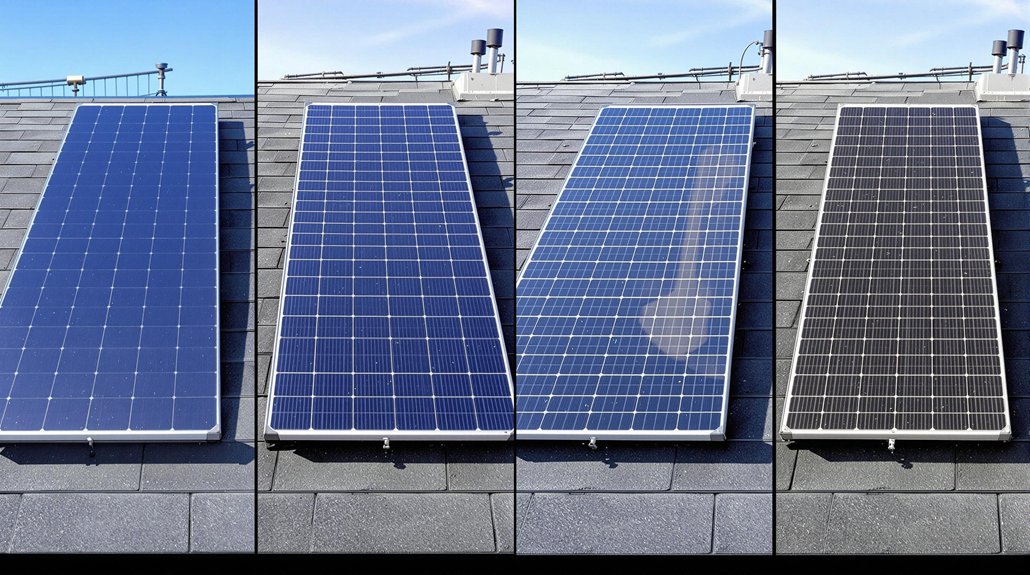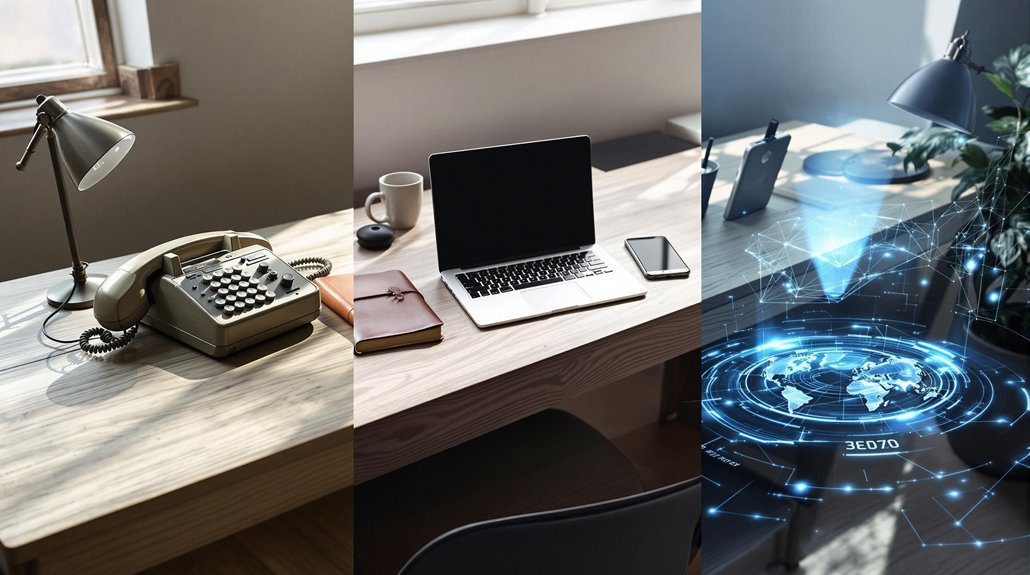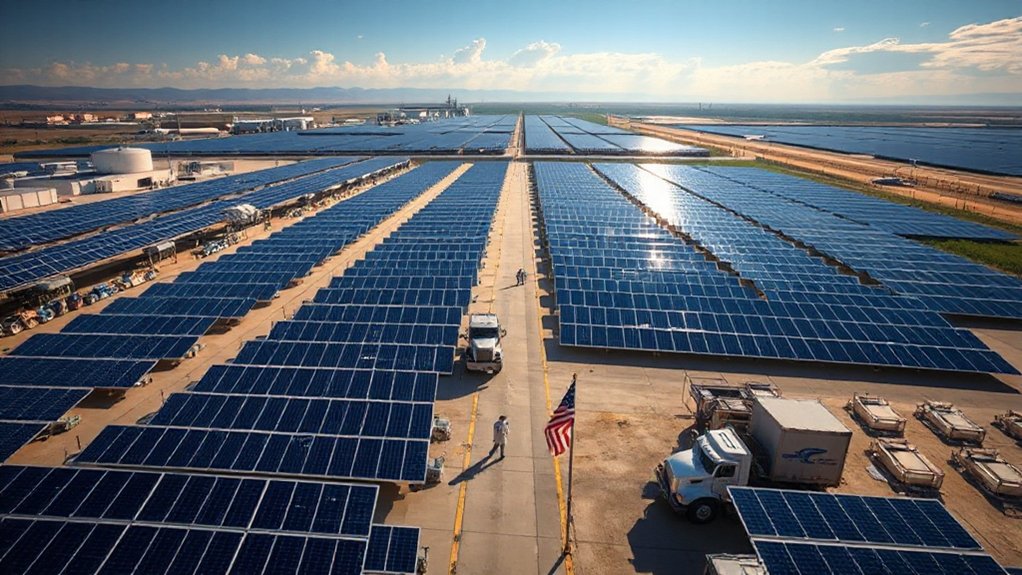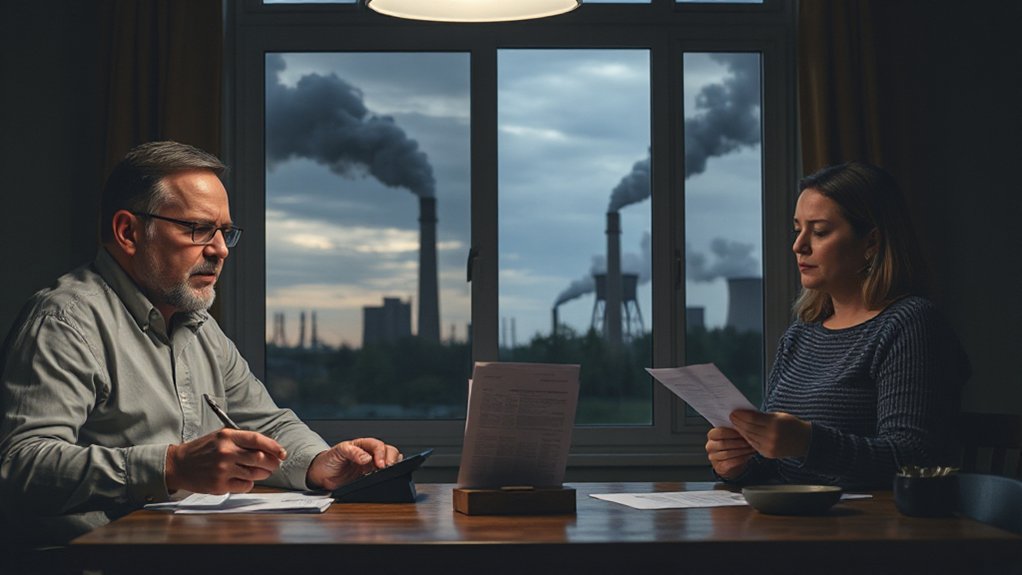Solar panels lose their mojo over time – it’s just physics. Most panels degrade around 0.5% to 0.8% annually, while premium models only drop about 0.3% per year. The first year hits hardest with a 2-3% decline in output. Environmental factors like UV rays, temperature swings, and dirt accelerate the aging process. Modern panels typically last 25-30 years, with manufacturers guaranteeing 80% output after 25 years. The science behind solar degradation goes much deeper.

When homeowners invest tens of thousands in solar panels, they’re probably not thinking about decay. But like everything else in life, solar panels don’t last forever. They degrade. Slowly but surely, year after year, their performance drops. It’s just physics, folks.
The typical solar panel loses about 0.5% to 0.8% of its power output annually. Premium panels? They’re a bit better, degrading at around 0.3% per year. The first year is actually the roughest – panels often take a 2-3% hit right out of the gate. Manufacturers know this, which is why they typically guarantee 80% output after 25 years. Not too shabby, considering the beating these things take.
Even premium solar panels lose power over time, but manufacturers still confidently guarantee 80% output after a quarter century.
Mother Nature isn’t kind to solar panels. UV rays break down materials. Temperature swings create microcracks. Humidity causes corrosion. And let’s not forget about good old-fashioned hail storms and falling tree branches. Proper maintenance checks help identify and prevent many of these issues before they become serious problems. Even accumulated dirt and debris on panels can reduce energy output by up to 10%. Solar panels face a constant barrage of environmental abuse, and it shows over time.
The degradation comes in different flavors. There’s light-induced degradation, which happens practically immediately. Voltage stress causes potential-induced degradation. UV rays attack the backsheet and encapsulant. The constant heating and cooling cycle takes its toll. These panels convert sunlight into direct current electricity before it’s transformed for home use. It’s like watching a car age – except these panels don’t have cup holders.
Over their 25-30 year lifespan, panels typically lose 10-20% of their total output. That’s the reality. But scientists aren’t sitting idle. They’re developing better materials, improving manufacturing processes, and even working on self-healing solar cells. Some are even dreaming up predictive models to forecast degradation rates more accurately.
The good news? Panel degradation rates have improved markedly over time. Today’s solar panels are tougher, more resilient, and better built than their predecessors. Manufacturers are so confident in their products that they’re offering longer warranties. Sure, solar panels degrade – but they’re getting better at growing old gracefully.









